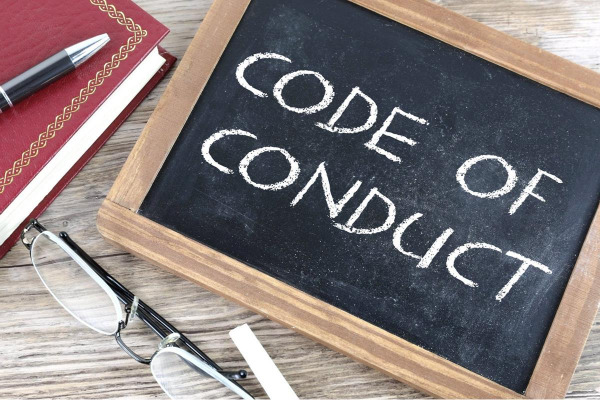 I wrote recently about Web 2.0, 3.0 and even the coming 4.0, but this post was inspired by an article that asked if traditional classrooms would become obsolete when schools in China usher in the "3.0 Era."
I wrote recently about Web 2.0, 3.0 and even the coming 4.0, but this post was inspired by an article that asked if traditional classrooms would become obsolete when schools in China usher in the "3.0 Era."
A keynote by Zhang Zhi, director of Shanghai Educational Technology Center, said that "while ushering in 3.0 era (in China), schools will be marked by individuation and innovation, embracing massive amounts of information."
I have posted here in the category of Web 3.0, but my Education 2.0 category seems to be one step behind.
Is the "3.0 Era" referred to in that article about the Web 3.0, Education 3.0 or the merging of the two? Zhi sees the school of industrial age as School 2.0. For me, that is School/Education 1.0. I agree that this is education based on a classroom teaching model designed to prepare students for an industrial society.
We moved into Education 2.0 when we started to move away from a classroom with a teacher in front giving out information. I say we are still moving through the 2.0 information age in education.
What Zhi sees as a school in the 3.0 era is what I see happening now. Classroom and campus boundaries are becoming less clear. Online learning did this more than anything. The role of teachers is changing. Artificial intelligence is changing how we learn and how we will teach.
When asked how schools in this new era will look, Zhi replies: "Now, the role of teachers has shifted from the authority to facilitators, companions and supporters. The time-space of learning has become ubiquitous. The future of school 3.0 will empower every learner by data including teaching, interpreting, making the decision, management, and innovation, which is the trend of school evolution.”
This sounds like my version of Education 2.0, but in Zhi’s vision, the focus is on elementary and secondary school more than higher education. In these schools, he says these scenarios will exist. I don't know that in the United States we are doing these things - or that we want to do all these things.
- Each student will have a digital profile in light of the continuous data collection of his or her learning activities since the first day he or she is enrolled and this digital profile will be constantly updated through the individual’s growth.
- Every teacher will have an AI assistant.
- Each subject is interwoven with a knowledge map.
- Each teaching task is likely to be outsourced. For example, the workload of school principals will be significantly lightened, but they will need to evaluate and select the services providers.
- Every physical school is a part of the overall virtual school similar to the concept of Cloud Classroom.
- All the learning activities will be recorded. People used to read books and now “read the screen” but we also interpret and better serve each learner through the analysis of eye movements, expression changes, internet operating behaviors and results.
- Each learner’s learning tasks are personalized. Thanks to the advanced technology, every student will be assigned different homework according to their level of knowledge mastery which is difficult to achieve relying on traditional education.
- The length of schooling for each student will be flexible. Students move at their own pace.
- Every legitimate approach to learning will be admitted.
- Education will focus on collaboration and symbiosis. Future schools should be learning-centered communities and students will no longer see each other as competitors.
- Each family will form a unique educational unit.
- Every piece of educational equipment tends to be intelligent.
- Every school will embrace a hidden curriculum such as museums, sports games, and film festivals. Future schools must place great emphasis on the design of this so-called hidden curriculum.
One thing that is not revolutionary or radical in this vision of the next era is that Zhi sees physical schools as still necessary because “attending school is for communication, and exchanging ideas is for verification which can help us know ourselves. People cannot be taught but need to be guided to find the true self.”
This school 3.0 era is driven at all levels by technology but he cautions that "technology cannot replace emotion, experience, and communication, which should not be overlooked. Education is a process of exchanging feelings of affection in the collision of two hearts. From this perspective, the education industry will always be flourishing. Although much work may be accomplished by the advanced technology, the jobs that entail teachers to devote their love will never be replaced.”



 I wrote recently about Web 2.0, 3.0 and even the coming 4.0, but this post was inspired by an article that asked
I wrote recently about Web 2.0, 3.0 and even the coming 4.0, but this post was inspired by an article that asked